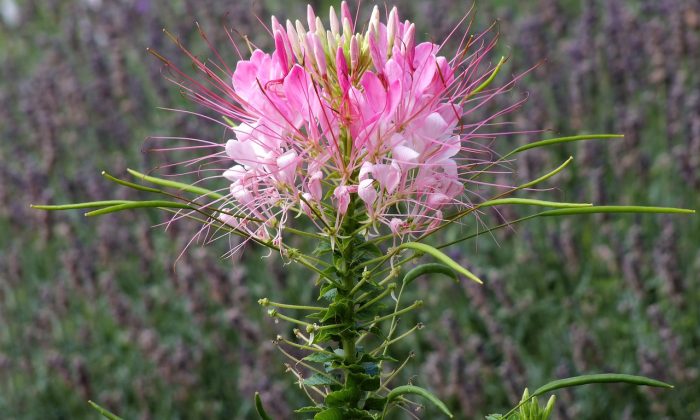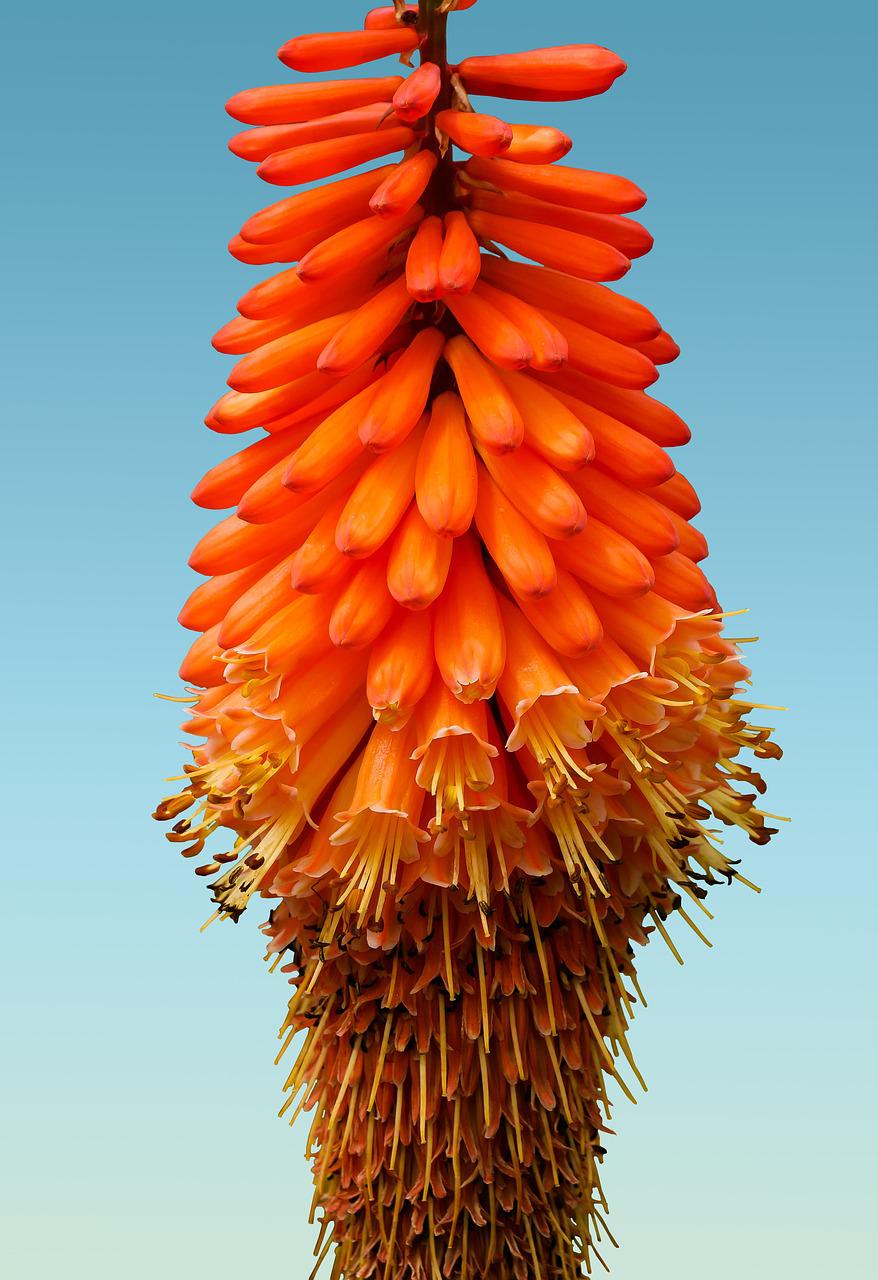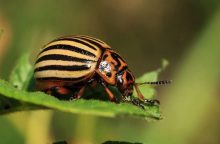Growing perennials: Torch lily (Kniphofia uvaria)

Torch lily is a rather specific name. In Latin, this plant is called Kniphofia. It has beautiful flowers, which gradually develop and grow on tall stems. Torch lily usually grows as a solitaire, but it can also be grown together with some other flowers, which are similar from the botanical point of view. Torch lily blooms in July and you can expect almost 1.5 m high inflorescence and that is a rather amazing sight. The flowering period lasts for about 10 weeks and includes beautifully coloured flowers – red, brown, orange or pink.
Torch lily comes from the steppe
Torch lily originates in the steppe regions of Central and West Asia. It has a tuberous root which is strikingly reminiscent of a small octopus. Tongue-shaped leaves form a rosettes near the ground. Anyone who grows torch lily knows that this beauty “suffers” from a small problem. Its flowers are constantly surrounded by swarms of bees, and that is from spring all the way to late autumn. Bees love torch lilies. Torch lily is a steppe plant and needs plenty of sunshine and lighter soil with plenty of humus. It has very fleshy roots, which might be another small problem, as they are often damaged during transplanting.

Planting and caring for Torch lily
You should plant Torch lily around the end of August. Place seedlings approximately 15 to 20 cm deep in the ground. Carefully spread the roots around and cover them with soil. Torch lily will do well in one place for several years but you need to fertilize it regularly. A dose of the right compost should be enough to make your Torch lily happy. It is also recommended to loosen the soil around the plant regularly. In the spring, when there is still a chance that a freezing weather may hit, protect buds that just began sprouting out. As for wintering, it is definitely a good idea to cover your plants with forest tufts, twigs or a layer of leaves or grass mulch.
Additional cultivation aspects
These plants do not like wet soils and if you grow them in low altitudes or low places, you should watch the soil as water tends to collect here. After flowering, make sure you cut off the flower stalks just below the leaf rosette. If you want to harvest seeds, tie the flower stalk to a stake, which should be positioned about 20 cm from the centre of the plant. Seeds are harvested in the autumn – wait until the seed capsules ripen.
Photo: Pixabay

Gardening is my hobby, I have a lot of experience and I am happy to share it.








0 comments